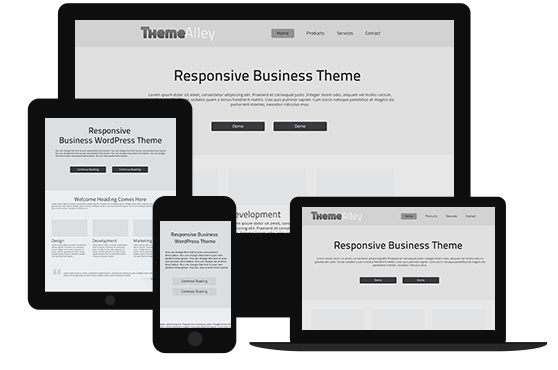I don’t know about you but I see design as something personal – something that moves the heart. If a design was a real person, I’m pretty sure it would be multi-tasking. Not only can a design show beautiful art to the eyes, a design can also be useful for many things. I’m sure you guys know why someone invented card holders. Yes, card holders are designed to keep your cards secure and neat. Aside from that, a design can also change the mood of a person. Trust me, I was all grumpy and upset when the Uber driver I booked was impatient to wait for me this afternoon that he left me after I walked far to get there. However, soon as I got another Uber driver, I was mesmerised by his car design that made me comfortable and even forget my anger. It is the power of design. If you have a business, surely, design is something you should prioritise. Whether it is your product design, packaging design, or even your web design; you should prioritise its usability, not its design looks only. In this article, I’m going to tell you how to design your website with engagement in mind using colour, type and space. Keep reading to find out!
Colour
Colour is a powerful tool in a design. When it comes to visual communication, few features are more effective at attracting attention and influencing our feelings and perceptions—which is what makes colour such an important part of establishing a mood in your design. Colour also has a way to understand your language. Why do we say people are “seeing red” when they’re angry or “feeling blue” when they are sad? That’s because colour can connect to our moods and emotions in a unique way. So, how do we create a mood using colour? In design and branding, pure or bright yellow can attract attention well, much like red, but generally creates more friendly and fun feeling. Yes, we have to choose colour carefully.
Type
When I say “type” in this article, I meant “fonts” or “typeface.” Yes, this is also an important part of design. If colour was the face, type was the language you would use for speaking with your audience. Font choices often set the tone for the whole design and can influence viewers’ feelings toward and interactions with your design, which is why it is so important that a font’s mood fits with the context of your project.
Space
If colour was the face, type was the language, then space was the…space you were giving to your audience. We’ve probably all seen designs that are so packed with text and imagery that it’s hard to even know what you’re looking at. How did that design make you feel? Confused? Stressed? Repulsed?
The visual space in a design can have a big impact on how viewers interact with and perceive your design. A good composition that’s easy to navigate will help viewers feel comfortable and encourage them to spend more time with your design. A cluttered or messy layout, on the other hand, may cause your audience to decide not to engage with your design at all. The space you are using is how you make it easier for your audience to understand your content.
When you understand the meaning of space, type and colour, you can also understand your customers as a whole. Therefore, you can also engage with your customers in a more effective way and fun at the same time.



